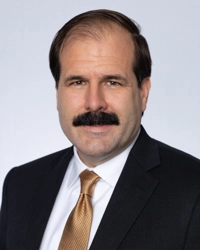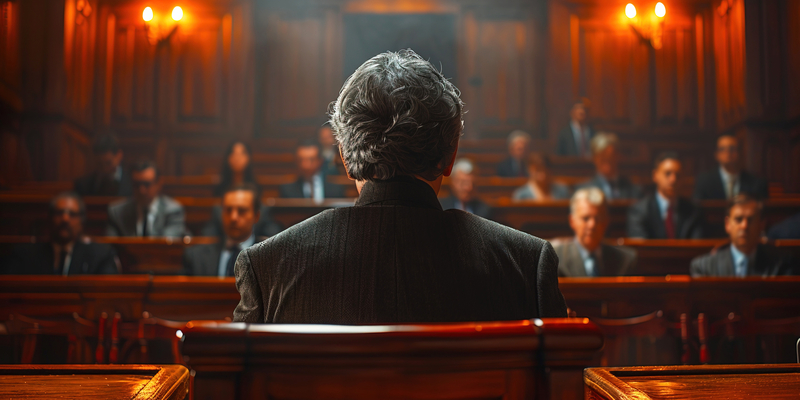One frequent tactic of some attorneys is to attempt to force the in-person appearance of a claims adjuster at trial.
This raises concerns regarding the feasibility of adjusters appearing in person at a trial. This tactic is often employed to force defendants into unfavorable settlements, and can lead to complex questions about whether the WCAB has personal jurisdiction over out-of-state adjusters.
In the recent case of Dominguez v. Shield Platinum Production, LLC, the WCAB overturned the trial judge’s order directing the claims adjuster and the adjuster’s supervisor to appear at an in-person lien trial.
The WCAB noted that due process under both the California and United States Constitution includes the right to call and cross examine witnesses. The insurer, which happened to be State Fund (a California-based entity), argued that an in-person appearance created an undue burden on the adjuster. Specifically, it prevented them from handling other cases as a result of appearing in person. Moreover, they were available to appear by telephonic or other electronic means.
The WCAB acknowledged that the trial judge has the power under 8 CCR section 10330 to order parties to appear at a hearing. However, requiring an in-person appearance requires the trial judge to consider the following factors before ordering such an appearance: (1) the nature of the hearing; (2) the dispute and relief sought; (3) the utility of the adjuster appearing in person, and (4) the practical hardship and burden of having to appear in-person, which includes the distance in nature of travel required.
The WCAB concluded that the adjuster’s in-person appearance was not warranted as the issues that concerned the trial judge — settlement and framing issues — could be conducted via telephonic or other means.
This case is helpful for defendants in several ways. First, it serves to caution trial judges against ordering in-person appearances of claims adjusters absent compelling circumstances. Second, it identifies several specific factors that, when considered, prescribe a narrow framework for an adjuster’s in-person appearance. Third, it reminds defendant that in-person appearances at the WCAB, while rare, are sometimes justified. Accordingly, actively addressing potential issues, including penalties and sanctions, before they move to trial is the preferred approach.
While in-person appearances at trial and at the WCAB in general remain in a state of ambiguity following the Covid restrictions and the gradual reopening of the judiciary, the WCAB in this decision reminds parties that telephonic or other electronic appearances appear to be equally — if not more — preferred than in person appearances.
Michael P. Burns is a Partner at Bradford & Barthel’s San Jose location. Before joining B&B, Michael practiced civil litigation and employment law. If you have questions about workers’ compensation defense issues, feel free to contact Michael at mburns@bradfordbarthel.com or (408) 392-8202.
Viewing this website does not form an attorney/client relationship between you and Bradford & Barthel, LLP or any of its attorneys. This website is for informational purposes only and does not contain legal advice. Please do not act or refrain from acting based on anything you read on this site. This document is not a substitute for legal advice and may not address every factual scenario. If you have a legal question, we encourage you to contact your favorite Bradford & Barthel, LLP attorney to discuss the legal issues applicable to your unique case. No website is entirely secure, so please be cautious with information provided through the contact form or email. Do not assume confidentiality exists in anything you send through this website or email, until an attorney/client relationship is formed.



